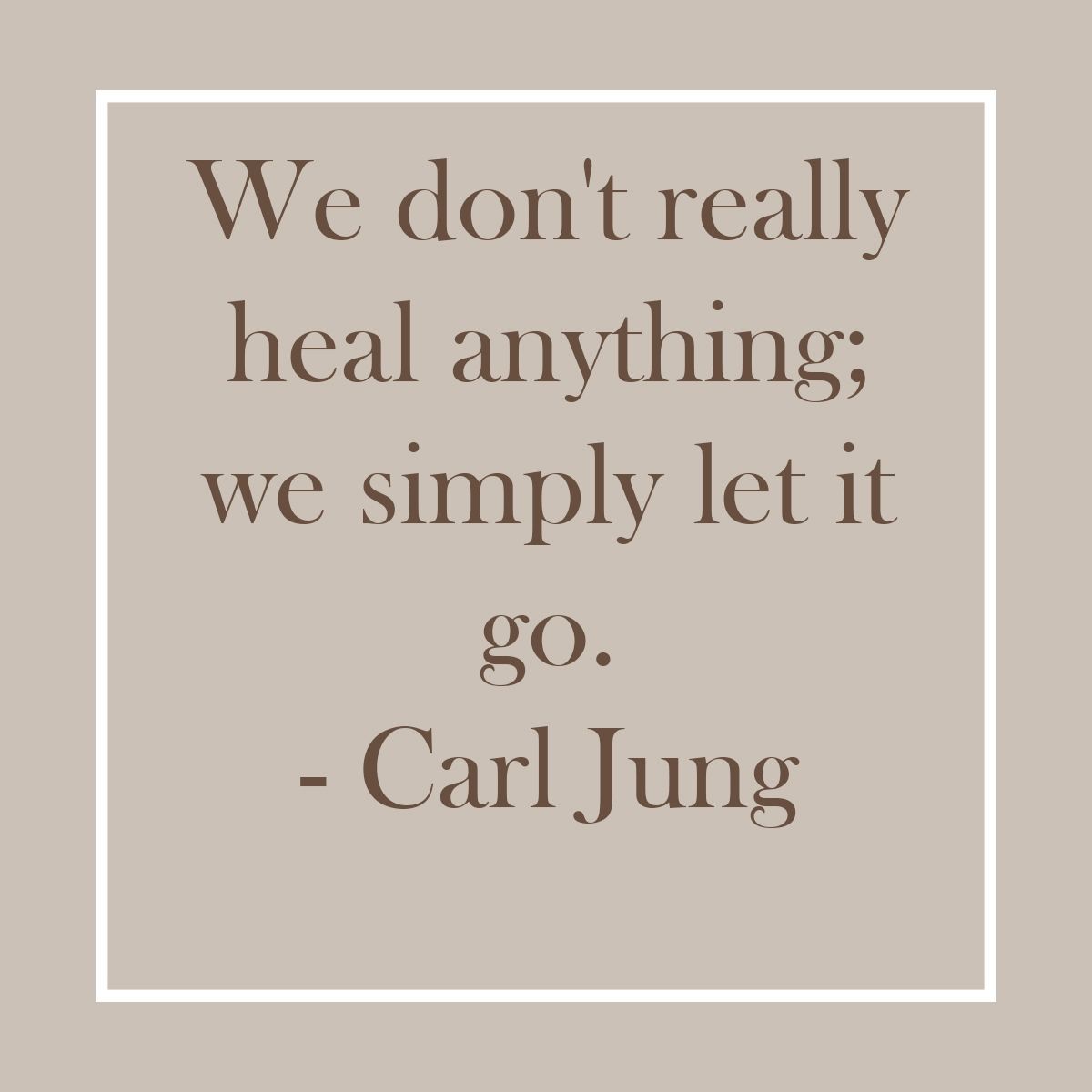The path to health part 2: Acidity
Acidity???
Yes, acidity. This is probably a new one for most of you, and for reasons I’ll get into later, it’s not something that the large nutrition or dietetic associations in Canada or the US are ever going to discuss. But it’s one of the most important nutritional concepts you should be aware of.
I’m going to take for granted that you know the basics of acids, bases, and pH: just to remind you, though, an acid is a substance which, when dissolved, yields a pH of less than 7; something that is basic, also known as alkaline, yields a pH that is greater than 7; and something that is neutral has a pH of exactly 7.0.
Blood pH is very tightly regulated in the body. It is meant to stay between 7.35 and 7.45 at all times, which is slightly alkaline. Many people will tell you that what you eat will make no difference to the pH of your blood – it will always stay within 7.35-7.45 – and generally speaking, that is true: the body is very good at maintaining pH homeostasis. But does that mean that the acidity or alkalinity of the foods we eat makes no difference to the body? Not by a long shot!
Think about it: every time you eat something that makes your blood more acidic or more alkaline, your body has to react in order to keep the balance. There are systems in place to act as a buffer when necessary. I want to be quite clear here, it is rare that our diet is too alkaline and we need to buffer it to make it more acidic. It is extremely common that we are consuming foods that make our blood too acidic , requiring buffering to make it more alkaline. So, I’m going to explain what happens when we consume acid-forming foods.
One way our body neutralizes acid is through our phosphate buffering system and as it turns out, 85% of the phosphate from the system comes from our calcium phosphate reserves. Do you know where we store our calcium phosphate? That’s the main structural component of our bones and teeth. So, eating a high acid-forming diet, and living an acid-forming lifestyle (more on this another time) lead to the removal of calcium to buffer the acid, and a gradual weakening of bones and teeth. Osteoporosis, anyone?
To make matters worse, the by-products of many of our buffer systems yield free radicals. I’m going to have to write a full post on this later, but the “Coles Notes” version on free radicals is that they damage the body’s tissues. Like a bull in a china shop, they bounce around damaging everything they touch, eventually getting neutralized by antioxidants in the body, like vitamin C, vitamin E and others (yet another reason to take your vitamins !). This damage done to the body’s tissues attracts the immune system to heal it; the immune system, as part of this process initially causes inflammation. Ever bumped your knee and it initially becomes red and swollen? That’s inflammation. Inflammation is painful .
So let me sum that up for you:
regular consumption of acid-forming foods = lots of free radical damage = chronic inflammation = chronic pain.
If you’re suffering from chronic pain (arthritis, joint pain, back pain, you name it), try eating nothing but alkalizing foods for a week and see how you feel. I wouldn’t be surprised to hear that your pain is significantly improved if not gone.
You’ll see that lemons and oranges are on the alkaline side. Don’t confuse the pH of the food outside your body, with the pH of the foods after digestion.
Is it possible to eat an entirely alkaline diet all the time? i suppose so, but it would be very limiting. General consensus seems to be to consume at least 80% of your diet as alkaline foods. The rest can come from wherever you like.
I said earlier that dietetic associations won’t tell you this stuff. Sadly, money makes the world go around, and well, Nutrition Month in Canada is primarily sponsored by the Dairy Farmers of Canada and the USDA (which puts out nutrition recommendations for the US) is also responsible for promoting meat and dairy in the United States. You’ve probably noticed that most meats and dairy are on the highly acidic lists. I don’t need to put the dots together for you, but you can see why the “official” line is unlikely to recommend lowering meat and dairy consumption in either country. While I’ve noticed more dietitians now than before lament the emphasis on dairy on Dietitians of Canada sponsored material, this problem was never more on display than a few months ago when, in the United States, employees at the USDA were called into question by the National Cattleman’s Beef Association for supporting the “Meatless Mondays” initiative in an internal newsletter. Within hours, the newsletter was taken down and they issued an apology. Massive conflict of interest, or what?
To summarize, for long-term health, we want to avoid free radicals that do damage and cause inflammation. Diet can play a key role in this by choosing primarily alkaline-forming foods (and alkaline water). Got more questions on this? Please, feel free to ask! If you’ve got a question, I’m certain someone else is wondering the same thing. So ask away! I’ll do my best to answer.














